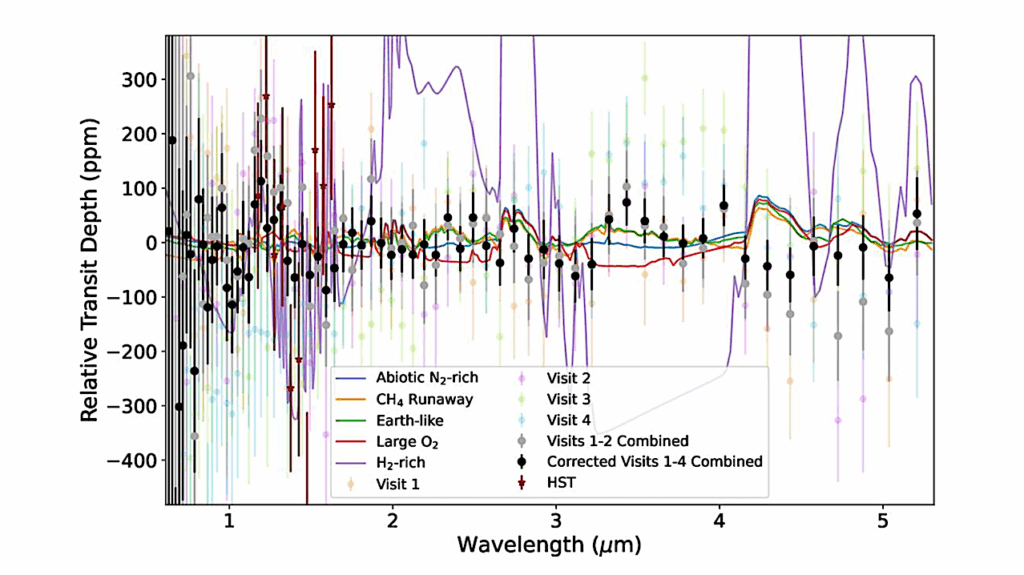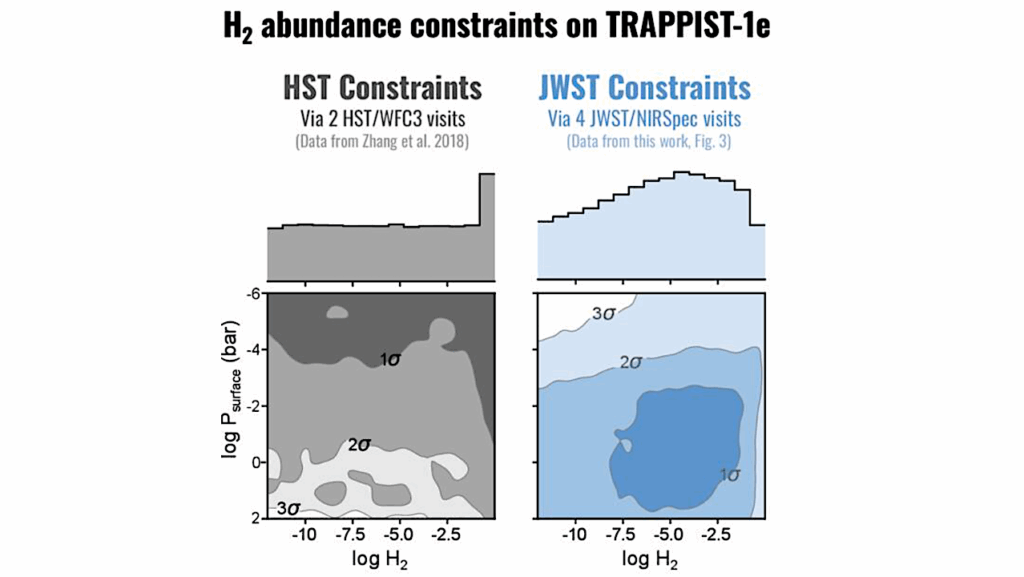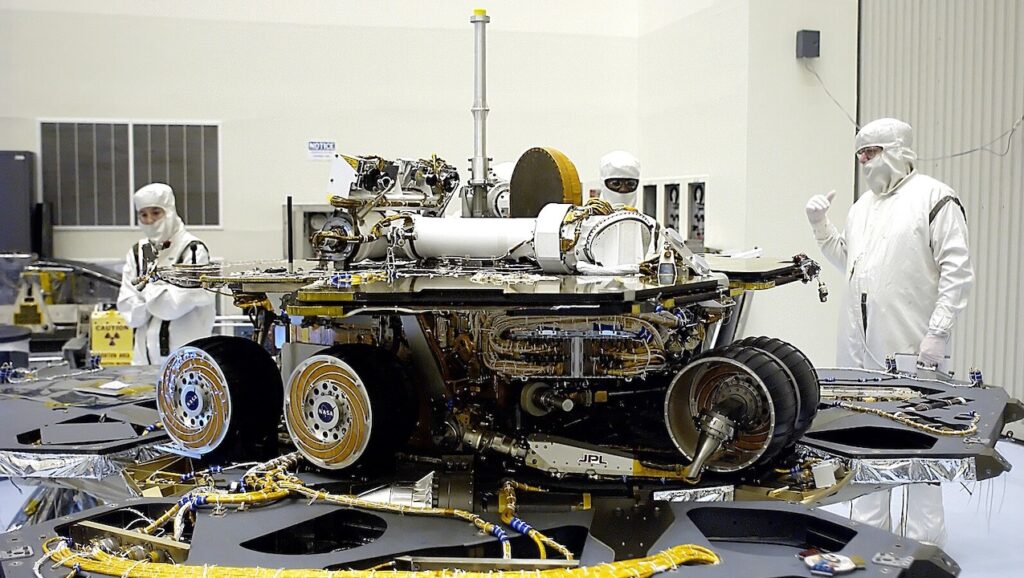Organic Haze as a Biosignature in Anoxic Earth-like Atmospheres

Early Earth may have hosted a biologically-mediated global organic haze during the Archean eon (3.8-2.5 billion years ago).
This haze would have significantly impacted multiple aspects of our planet, including its potential for habitability and its spectral appearance.
Here, we model worlds with Archean-like levels of carbon dioxide orbiting the ancient sun and an M4V dwarf (GJ 876) and show that organic haze formation requires methane fluxes consistent with estimated Earth-like biological production rates. On planets with high fluxes of biogenic organic sulfur gases (CS2, OCS, CH3SH, and CH3SCH3), photochemistry involving these gases can drive haze formation at lower CH4/CO2 ratios than methane photochemistry alone.
For a planet orbiting the sun, at 30x the modern organic sulfur gas flux, haze forms at a CH4/CO2 ratio 20% lower than at 1x the modern organic sulfur flux. For a planet orbiting the M4V star, the impact of organic sulfur gases is more pronounced: at 1x the modern Earth organic sulfur flux, a substantial haze forms at CH4/CO2 ~ 0.2, but at 30x the organic sulfur flux, the CH4/CO2 ratio needed to form haze decreases by a full order of magnitude.
Detection of haze at an anomalously low CH4/CO2 ratio could suggest the influence of these biogenic sulfur gases, and therefore imply biological activity on an exoplanet. When these organic sulfur gases are not readily detectable in the spectrum of an Earth-like exoplanet, the thick organic haze they can help produce creates a very strong absorption feature at UV-blue wavelengths detectable in reflected light at a spectral resolution as low as 10. In direct imaging, constraining CH4 and CO2 concentrations will require higher spectral resolution, and R > 170 is needed to accurately resolve the structure of the CO2 feature at 1.57 {\mu}m, likely, the most accessible CO2 feature on an Archean-like exoplanet.
Giada N. Arney, Shawn D. Domagal-Goldman, Victoria S. Meadows
(Submitted on 5 Nov 2017)
Comments: accepted for publication in Astrobiology
Subjects: Earth and Planetary Astrophysics (astro-ph.EP)
Cite as: arXiv:1711.01675 [astro-ph.EP] (or arXiv:1711.01675v1 [astro-ph.EP] for this version)
Submission history
From: Giada Arney
[v1] Sun, 5 Nov 2017 23:36:18 GMT (3699kb)
https://arxiv.org/abs/1711.01675
Astrobiology








